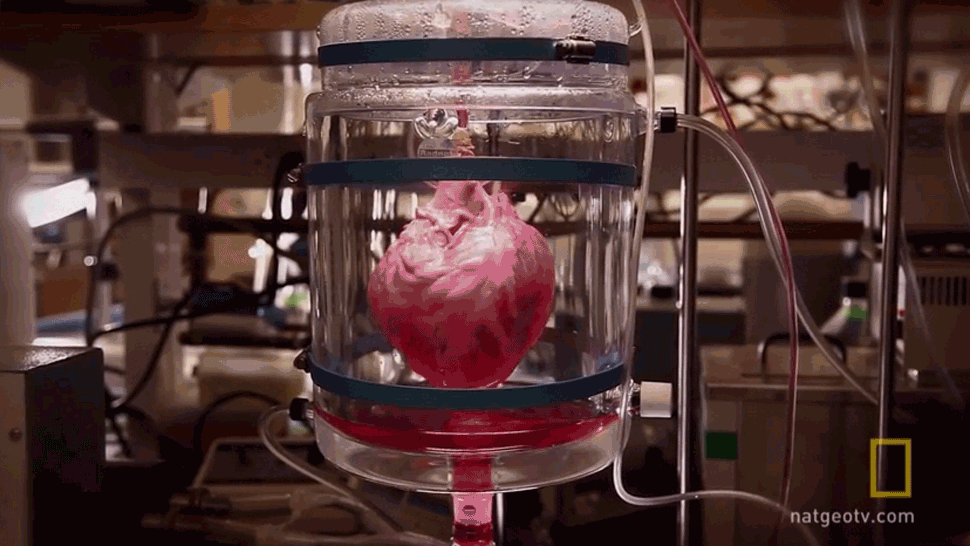Epigenetics At A Glance
Gene Control
Regenerative Medicine
Researchers at McGill University have created a cell where GFP levels provide a readout of gene activity. They placed the GFP gene into cells growing in culture dishes, and then added different compounds to the cells. They compared the amount of GFP the cells make before and after they have added the compounds to see the difference in the activeness of the genes. (13)
Two compounds were found to have an affect on the production of GFP. AdoMet (a source of Methyl tags) was found to decrease GFP production which results in the gene being turned off. On the other hand, Valproic acid (an anti-epilepsy drug and mood stablizer) was found to increase GFP production, which turns the gene on. Researchers analyzed the GFP genes and have concluded that changing the amount of methyl tags attached onto the DNA changes the activation of the gene. (13)
"Regenerative medicine is the process of creating living, functional tissues to repair or replace tissue or organ function lost due to age, disease, damage, or congenital defects. This field holds the promise of regenerating damaged tissues and organs in the body by stimulating previously irreparable organs to heal themselves" (1).
Scientists working in the promising field of regenerative medicine aim to develop new treatment methods in which the damaged tissues can be replaced or revived, which could cure previously untreatable diseases and quicken the body's natural healing process. Knowledge of the epigenome is a key step in the process of deriving safe tissue to grow from the patients own cells. Discoveries in the field of epigenetics can help scientists and doctors advance even further in the study of stem cells.
Epigenetic therapy is designed to target specific genetic alterations and reverse them. It refrains from killing the cell and changes the cell's instructions.
For more infortion through an interview on Dr. Jean-Pierre and his study on epigenetic therapy and its impact done by PBS, click here
Epigenetic Therapy
A higher percentage of disease incidence in both identical twins is the first indication of a genetic component. Percentages lower than 100% in identical twins indicates that DNA alone does not determine susceptibility to disease (7).
Twins and Their Role in Epigenetics
Identical twins develop from a single zygote, which means they contain the same genome. Differences in genetics between the individuals are ruled out, leading to the changes on their gene soley based on enviormental factors. This research helps improve the research on epigenetics in humans because humans individually have too many differences already genetically.
This picture shows the epigenetic tags' differences between twins at a young age and how they change when they age. (7)




